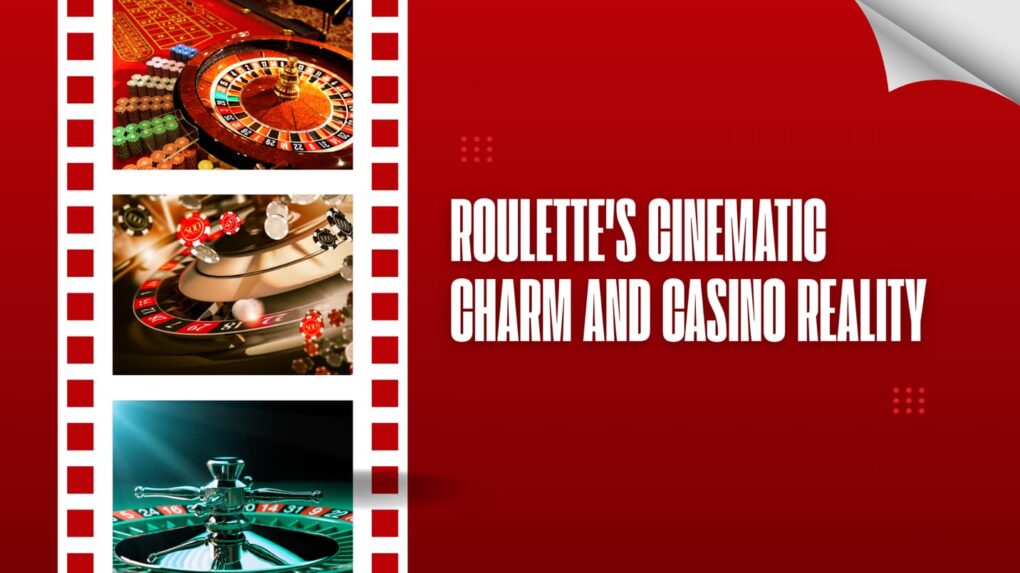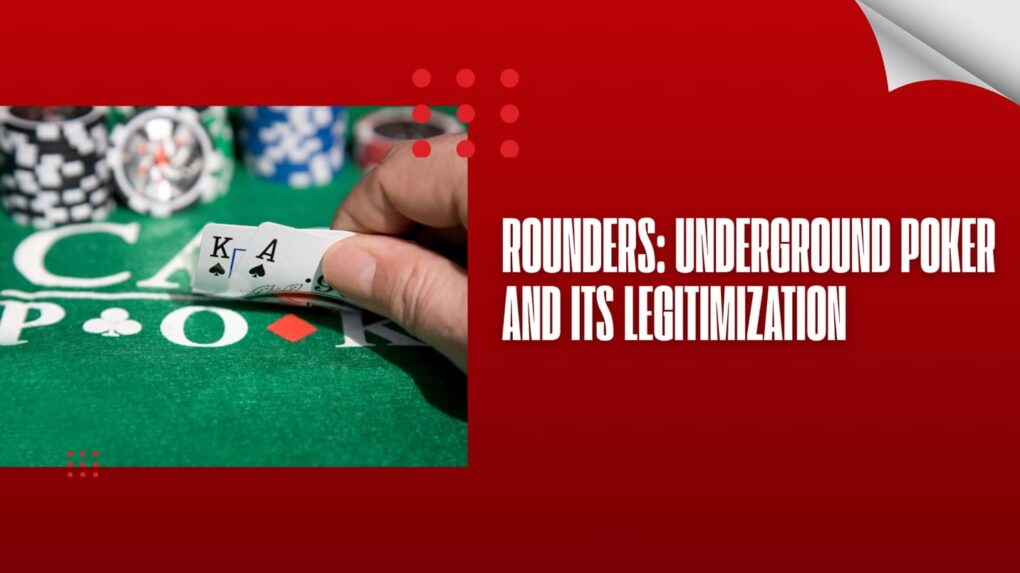
Cinema’s Most Iconic Gambling Moments and Their Real-World Casino Parallels
Gambling has long been the subject of captivation of the silver screen, the drama, tension, and glamour. It is in the smokeless poker rooms and the shiny casino floors that our film industry has captured some moments which still resonate today into how we view and approach gambling. These film representations have not only entertained people but they have also influenced actual casino culture in ways that are intriguing.

Hollywood’s portrayal van gokken heeft talloze liefhebbers over de hele wereld geïnspireerd. Nederlandse gaming-experts erkennen deze culturele verbinding steeds meer, waarbij Lapilanders Casino Online door films geïnspireerde mogelijkheden biedt om te spelen via het officiële platform op Lapilanders na inloggen of registreren voor spelers in Nederland. This intersection of cinema and casino culture demonstrates how entertainment media shapes gaming preferences globally.
The Poker Face: From Silver Screen to Casino Tables
The character of James Bond played by Daniel Craig in Casino Royale (2006) introduced the concept of Texas Hold’em into the mainstream. The poker game in Montenegro, which represented the climax of the movie, featured psychological warfare and mathematical accuracy. This cinematic tension is reflected in real world high-stakes tournaments, and players of these tournaments use similar strategies.
The movie accurately depicted several key poker concepts:
- Reading opponents through physical tells and betting patterns
- Managing bankroll across multiple betting rounds
- The crucial balance between aggression and caution
- Using position advantage strategically
This movie is frequently referred to by professional poker players as an example of what real tournament poker can be like. This aesthetic has been adopted in the modern casino poker rooms, which have provided atmospheric settings that remind of the fictional game played by Bond. The psychological factor, which is the ability to keep calm during stress, is still as applicable in the real world casino as it was on the screen.
Roulette’s Cinematic Charm and Casino Reality

The most famous roulette scene of Casablanca is the perfect example of how Hollywood romanticizes the game. The scene where Rick Blaine happens to rig the wheel to assist a young couple is one of the best gambling scenes ever in movie history. Though this kind of fictional manipulation is appealing to the viewers, the contemporary roulette is deeply regulated with the stringent rules that render the possibility of such interventions insignificant.
Cinema normally shows roulette as a game of fate and dramatic fortunes. Reality is a more encountered experience controlled by probability theory. Single zero roulette wheels used in Europe are more favourable in comparison to those used in America. The hardcore gamers know that there is no betting system that can beat the house edge, as it may be implied in various films by the storyline.
Players all over the world are still lured into the spinning wheel because of its visual appeal. The fact that movies have made roulette to be associated with both sophistication and luck has made casinos preserve the classy feel of the game.
Ocean’s Eleven: The Heist That Inspired Casino Security
The 2001 remake by Steven Soderbergh made casino heist films a style of an ensemble film. The detailed plan of robbing three casinos in Las Vegas at the same time demonstrated weak points that were considered by the real casinos. Although the plot of the movie is fictional, it raised some real discussions on the security measures.
The futuristic casinos have installed technologies that would be used to foil the crew of Ocean:
- Biometric identification systems at entry points
- AI-powered surveillance analyzing behavioral patterns
- RFID chips in high-denomination tokens
- Networked security across multiple properties
- Real-time monitoring of all financial transactions
According to the casino security professionals, heist films are entertaining but can also be used to determine areas of weaknesses. The reaction of the industry has been all-inclusive investment in technology as well as training of personnel. The current day casino security activities are more comparable to a high level intelligence agency than the guard oriented method of the past decades.
Rain Man and Card Counting: Fiction Meets Mathematics
Rain Man (1988) exposed the general audiences to card counting with the remarkable skills of Raymond Babbitt. Although the character played by Dustin Hoffman had superhuman memory, there is the mathematics behind card counting available to those who are keen learners. The movie is what instigated the interest in playing blackjack, as well as the casino paranoia regarding advantage players.
Card counting is not a crime but casinos are allowed to kick out people who they suspect are using such methods. The simplest concept is to count the number of high to low cards that are left in the deck. Compared to Raymond and his photographic memory technique, professional counters have more advanced systems, and most of them operate in teams to ensure that they are at the best capacity of being as effective as possible with little chances of detection.
Casinos reacted by setting up continuous shuffle machines and adding more decks. The game of felonies between benefit players and security of the house remains, and both parties keep improving their tactics. The effect of Rain Man on the culture of playing cards was to render card counting aspirational, although the practical use became more difficult.
Rounders: Underground Poker and Its Legitimization

The world of underground poker as shown by Matt Damon in Rounders (1998) was an exploration of a near-monopoly of the game prior to its popularization. The movie was an expression of the mathematical ability as well as psychological warfare that serious poker playing encompasses. Published as poker was no longer played as an underground game to a regulated tournament, it has served as a point of reference to the new poker boom.
In regio’s zoals Nederland bieden platforms zoals Nucleonbet Casino en Nucleon Bet via nucleonbet.org nu gereguleerde pokerspellen die de competitieve geest van Rounders weerspiegelen, beschikbaar voor spelers in heel Nederland.
Its progression as an underground game to a legitimate one is precisely the course of action the movie had predicted. The poker has become professional and no longer considered in the gritty card rooms of the film but a multi-million dollar spectacle on TV.
The reality of the movie was based on the wide consultation with professional players. Its effect was not limited to the entertainment field as it motivated a generation to learn poker seriously. The yearly entries in tournaments increased tremendously during the years after release, and lots of pros told that they used Rounders as their entry into the fantasy world of competition.
21: The MIT Blackjack Team Story
According to the real life stories, 21 (2008) was a movie based on the actual stories of MIT students who won the casinos millions of dollars through their mathematical knowledge. The movie oversimplified complicated teamwork and card counting machines but took the fundamental idea. Authentic MIT Blackjack Team members used highly sophisticated strategies that included a combination of players that had specialized roles.
Real life did not go as far as the movie did in showing mathematical niceties. Communication in the teams was done by signals and the spotters would count the number of people and only a big player would place high bet when it was going their way. This joint effort was more effective than the efforts of counting individually.
Recent MIT research has even explored theoretical quantum strategies for blackjack, demonstrating the continued academic interest in the mathematics behind advantage play that the original MIT team pioneered decades ago.
The countermeasures were developed by casinos individually to deal with team play tactics. Sharing of databases between properties and modern facial recognition systems increases the challenges that revolve around team operations. Nevertheless, the narrative still keeps on motivating players who are considered advantageous to find legal ways to have a competitive advantage over the house.
Conclusion
The gambling scenes portrayed in the cinema go beyond entertainment to play an active role in influencing the reality of millions of people as they view and participate in the game of gambling. This has changed not only the level of security measures but also the level of popularity of games themselves, and the films have created a medium of return to fiction and reality. With the two industries growing, their interdependent relationship keeps the future experiences of casino going with an influence on the silver screen, and filmmakers have no end of content in the drama of real-world gambling.






